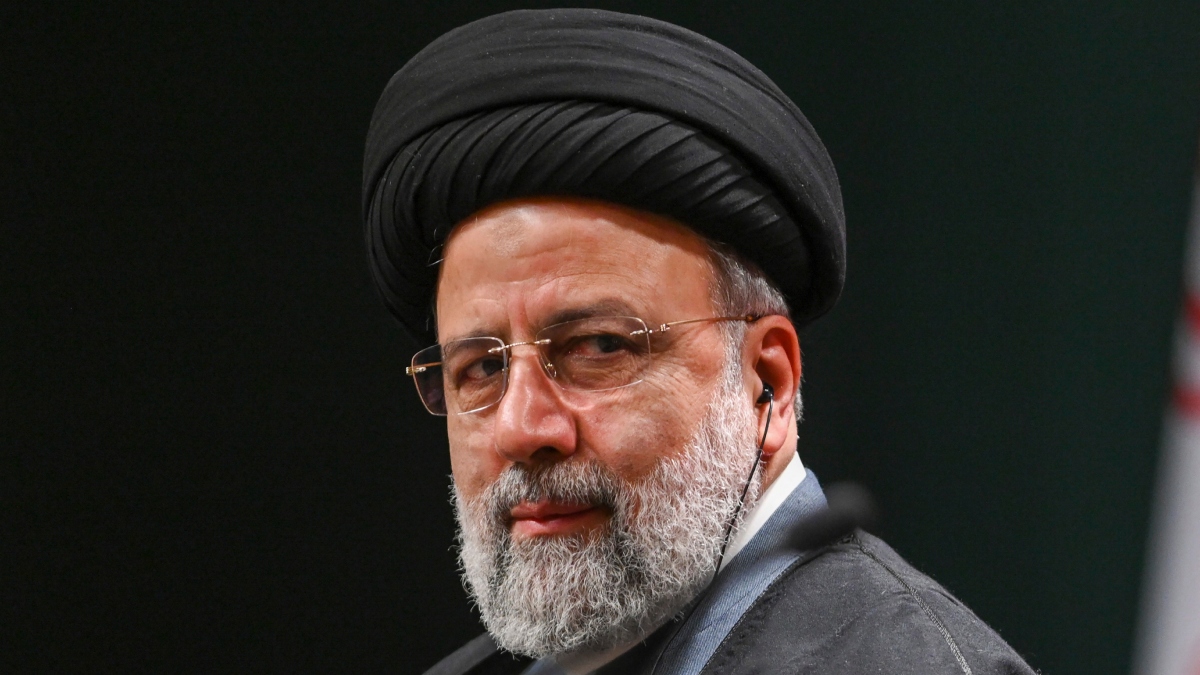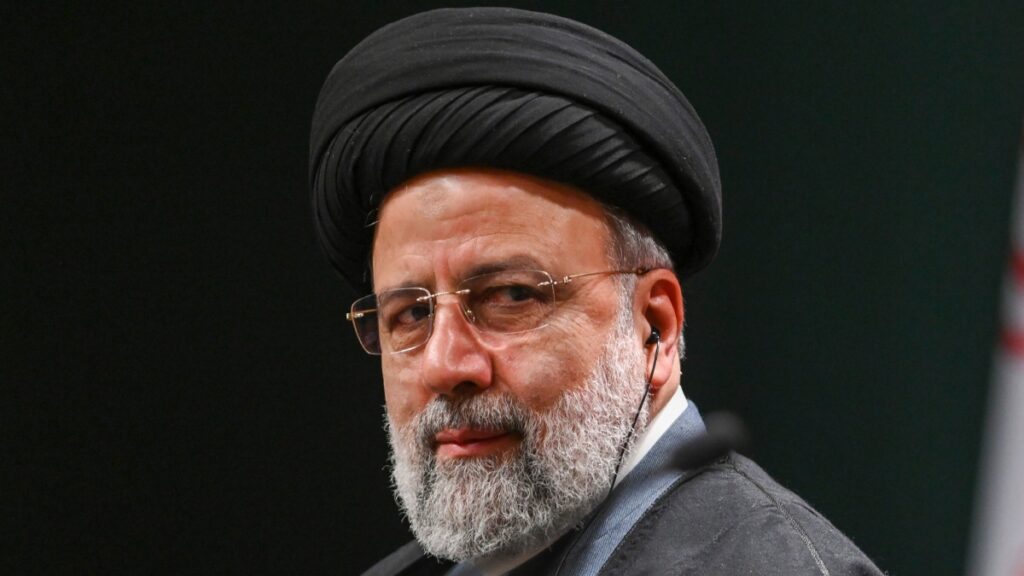
The fireworks and jubilation surrounding President Ebrahim Raisi's death in a helicopter crash in some parts of Iran are a visual reminder of the country's social, cultural and political turmoil. Raisi, the face of repression in the Islamic Republic of Iran, was the country's most hated public figure before his death. It was to Raisi's portrait that Iranian women, seeking personal and political freedom, raised their middle fingers and pinned their headscarves.
But Mr. Raisi was a symbol of something bigger in Iran's domestic and international affairs. Dressed in black robes and hats imitating the ayatollahs, the powerful Shiite clerics who led a crackdown on the Women's Life Freedom Movement in 2022. Mr. Raisi's portrayal as not just the country's political leader but also its religious leader was reinforced by gestures like kissing the Quran at last year's United Nations General Assembly.
Religion and politics: a timeless combination
The Islamic Republic has relentlessly bureaucratized the clergy and theologized bureaucracy and politics since the Iranian revolution in 1979, but it would be naive to think that the politicization of religion began just then. Or even just Iran.
Raisi can be considered a “regular man” on the world political stage, representing all politicians who seek legitimacy and power through overt religiosity. Paradoxically and amusingly, they are often rejected and undermined by the “real” religious ones. For example, Raisi was not considered an ayatollah by many clerics, including those at the most prestigious religious institution and his alma mater, Qom Seminary in Iran. The title “ayatollah” is earned by clerics only after completing Darus Khaleji, the most advanced seminary study. Nor was Raisi a high-ranking religious official like his predecessor, Hassan Rouhani.
Read | Opinion: Raisi changed Iran's foreign policy. Still, his death doesn't change much.
So was Raisi the proverbial empty vessel when it came to religion? Certainly he liked to make noise, as when he declared during his first presidential bid in 2017 that it was his “religious and revolutionary responsibility” to run for president. Raisi’s good relationship with Supreme Leader Ayatollah Khamenei made him a front-runner in the race to succeed him. His potential ascension could complete a chain of events that began with his role as a judicial official in the 1989 mass executions of political dissidents ordered by Ayatollah Khomeini, the founder of the Islamic Republic.
inner crisis
Iran is currently in a state of crisis. The ongoing conflict with Israel has not helped its domestic politics. Retaliatory attacks on Israel after the April 1st attack on the Iranian embassy in Damascus show that the Iranian government has no appetite for full-scale war. But as with all dictatorships, the main threat to the Islamic Republic comes from within. The succession battle for the position of Supreme Leader is also ongoing. Despite brutal repression, the battle between religious dogmatism and modernity is intensifying.
Read | The fall of the Shah, the rise of Raisi: How Ibrahim Raisi consolidated power in Iran
This is how a great civilization, once a beacon of enlightenment, reaches its burial place. This is when all sense of balance is lost and chauvinist navel-gazing reaches the point of no return. Now Iran has few friends left, and they too are in the doghouse for the majority of the world's superpowers. Raisi's death is not currently believed to be due to any foul play, but rumors continue to mount. Iranian political and military leaders have been removed by hostile forces in the past. The assassination of General Qasem Soleimani in Iraq in 2020 has not yet been forgotten.
growing disillusionment
Iran, one of the United States' main adversaries, once hailed the United States' invasion of Iraq as an act of justice. Worked with the United States against the Taliban in Afghanistan. rallied Kurdish and Shiite militias against ISIS in Iraq; Many of Iran's decisions were based on sectarian interests in the region and resulted in geopolitical realignment. But what does Iran need to do to maintain order in its own country? The answer is obvious.
Iranians are becoming increasingly disillusioned with the Islamic Republic's oppressive approach. The utopian state that was promised during the revolution to overthrow a corrupt monarchy is nowhere to be seen. Recalling the past glories of Persian civilization and using religion as an opium does not help the regime. Religion has not gone anywhere, nor have the traditional values of Iranian society evaporated. People are beginning to see through the deceptive politicization of religion. Khamenei's gradual removal of the people from participatory democracy has made the post-revolutionary political society now resemble the monarchy that Iran overthrew.
Iran is issuing a warning to all societies that believe in a dramatic transition. Especially religion-bound transitions. Only 1.4% of Iranians identify themselves as atheists, but they are tired of the overbearing presence of atheists in public life. Raisi, the Islamic Republic's apparatchik, forced performative religiosity on the Iranian people. Being gagged in this way can eventually result in vomiting. Economically stirring the stomach accelerates this process of elimination.
(Nishta Gautam is a writer and academic based in Delhi.)
Disclaimer: These are the author's personal opinions.



